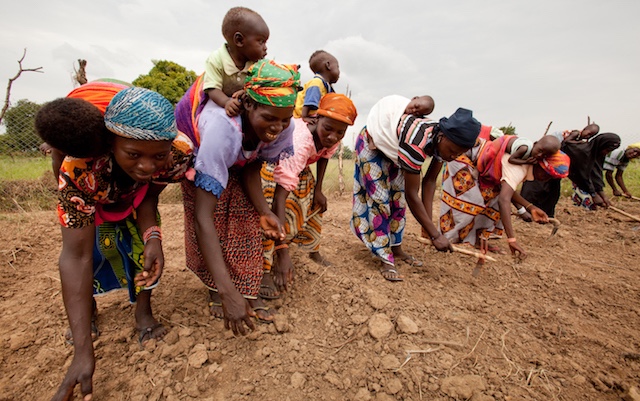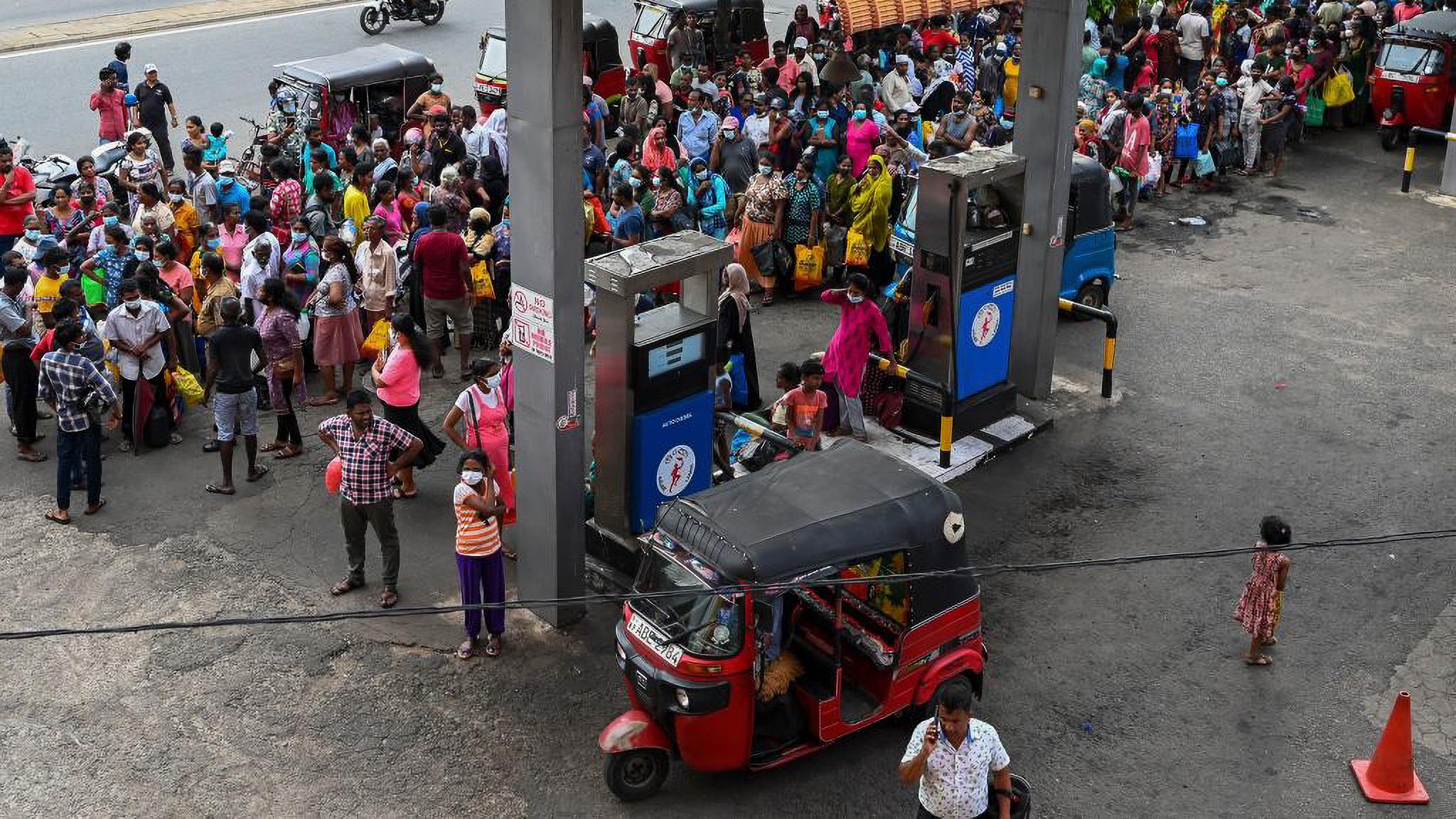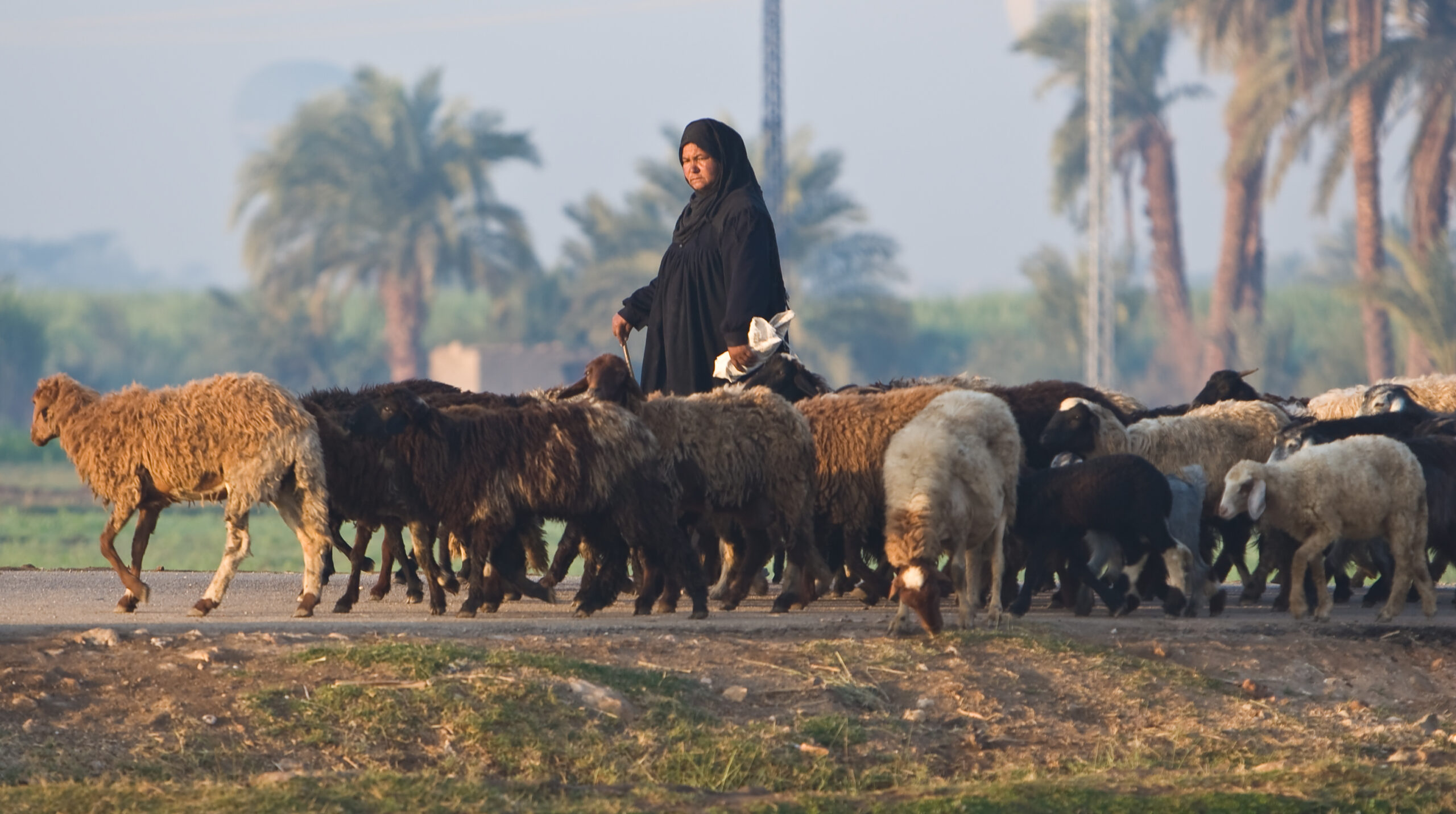A number of recent articles have questioned the effectiveness of development programs that aim to empower women. One, on a recent panel at Columbia University, suggests that simply targeting women as recipients of aid is not empowerment. Panelists agreed: Stop “empowering” women this way; rather, listen to them. Another, a report by scholars at the City University of New York, the subject of a New York Times op-ed and discussion in the Washington Post, criticizes assumptions by development agencies that transferring a chicken, or a goat, or a cow, or providing skills training, are enough to empower women. Rather, the authors argue, political mobilization is key to empowerment.
Both articles contain kernels of truth: Listening to women to discern what they need and want is important, and transferring an asset is not enough to empower them. But both articles miss a key element of empowerment: It is not development agencies that empower women; women empower themselves, and often, each other. Genuine empowerment requires a sustained process that includes working with men and communities to change gender norms that hold women back, so that they can act upon their own decisions.
Development agencies can play an important role in this process by creating an enabling environment for women to empower themselves. They can do this by removing barriers that women face, such as a lack of resources, information, or access to markets. They can facilitate conversations with powerful elites and also with men, who still control many aspects of women’s lives.
This confusion over objectives often arises because we do not distinguish between projects that attempt to reach, benefit, or empower women. Some projects attempt to accomplish all three, but often a project that only aims to reach women claims to be empowering them as well.
The distinction among these three objectives can help us understand what they can achieve. Projects that aim to reach women attempt to include them in program activities, such as training and extension programs. These projects invite women as participants, seek to reduce barriers to participation, and often implement quota systems for participation in training events. Other projects seek to benefit women by increasing their well-being—ensuring their food security, increasing women’s income, and improving their health and nutritional status.
A third type of program goes an extra step by seeking to empower women. These projects strengthen the ability of women to make strategic life choices and to put those choices into action by enhancing women’s decision-making power in households and communities, and addressing key areas of disempowerment. The successful projects often include working with men and community leaders to change gender norms. A cash transfer program or an asset transfer program by itself does not guarantee that a woman will be able to make strategic life choices.
This is why most of the more successful programs include activities that help women mobilize, build their self-esteem, and make more strategic decisions within their homes and communities. In many cases, these programs include working with significant members within the households—husbands and mothers-in-law—to build support for the woman in the program. For example, Heifer International is noted for providing animals to women, but its animal transfers are linked to larger programs that involve forming and strengthening women’s groups. While assets that help earn an income can increase a woman’s ability to make choices and increase her standing within her household and community, these groups provide a space for women to come together, learn, and gain confidence.
In some cases, women’s groups foster political mobilization that results in policy reforms such as gender-equitable land ownership or improved services such as safe water supply or schools for children. However, gains can also be made at the community or even household level. Programs to increase women’s assets or income can assist in this. For example, in Burkina Faso, Helen Keller International (HKI) negotiated with village heads to arrange access to communal land that women could cultivate for vegetable gardens. As households and communities saw the benefits from women’s production, attitudes towards supporting women’s land rights changed.
It is a mistake to assume that such programs are always driven by donors in developed countries, or that ideas about empowerment come from Western feminists. Some of the more innovative programs have been started by civil society organizations in the Global South, such as BRAC’s Targeting the Ultra Poor program in Bangladesh, or the Self-Employed Women’s Association (with over 2 million members in India). And international NGOs have learned from the experience of implementation with local partners. HKI’s homestead food production programs have increasingly taken on empowerment objectives because their field officers noticed that women participating talked about taking more decisions within their households.
Listening to women also implies accepting what is empowering for them—and this varies a lot across contexts. In our work on the Women’s Empowerment in Agriculture Index, we asked women what it meant to be empowered. In Uganda, it meant self-sufficiency, and doing things by oneself. In Bangladesh, it meant being able to contribute to the family’s welfare and being recognized for that contribution.
Listening to women also means identifying the specific constraints that they face in their own cultures. By international standards, women in my native Philippines appear to be empowered. But ask Filipinas what life is like—and they say that while they can work outside the home, they are the ones who make sure that the children are fed and the house is clean. Many Filipinas are subject to intimate partner violence but many stay in abusive marriages—divorce is still illegal in the Philippines, and the process of annulment is difficult.
Arguments that Western donor organizations and aid agencies attempt to empower women overstate their ability to change women’s lives. Governments are also important: Programs that transfer assets to women will inevitably fall short if legal institutions do not protect women’s property rights. Institutions surrounding family law and inheritance need to support gender equality—otherwise, such transfers will be eroded in the next generation. Even programs that mobilize women politically will fail if women simply participate in elections, then vote according to their husbands’ preferences. Women themselves may be ready for change, but if men and the gender norms that men create stand in the way, little progress can be made.
Mobilizing and working with men and communities to change gender norms will pave the path for sustained social change. Women’s empowerment is a process of social change, in which governments and development programs can assist, but women themselves are the primary drivers.
Agnes Quisumbing is a Senior Research Fellow in IFPRI’s Poverty, Health, and Nutrition Division and theme leader of the institute’s cross-cutting theme on gender.







